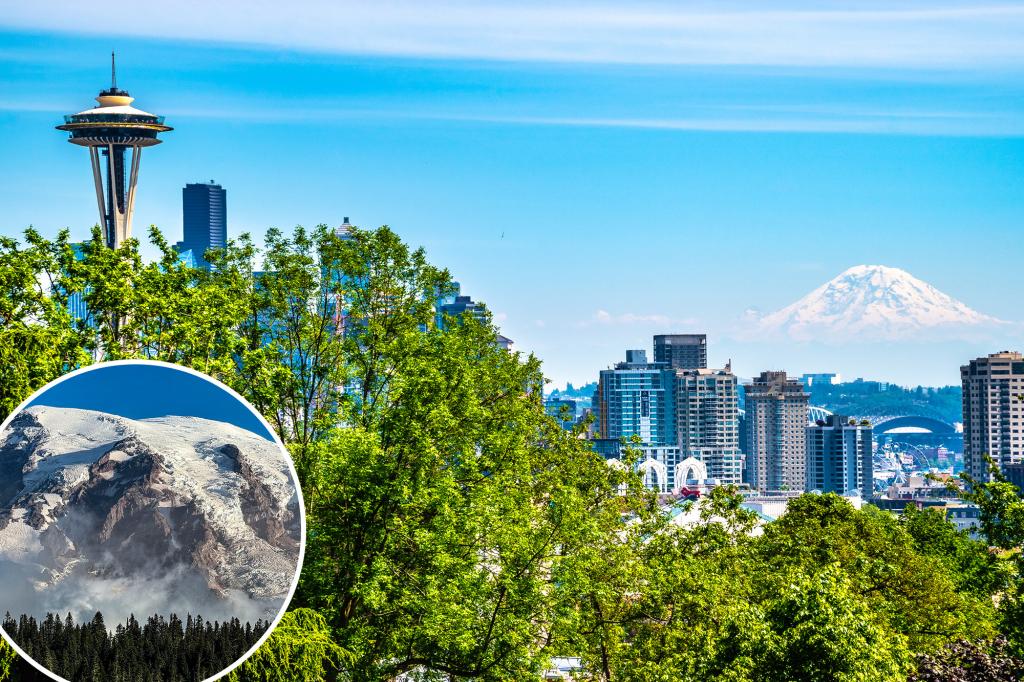Mount Rainier in Washington State has recently lost about ten feet of its height, dropping from 14,410 feet to 14,399.6 feet above sea level. This change was discovered by mountaineer Eric Gilbertson after climbing the mountain in August and September. The reduction in height is attributed to the melting of frozen glacial ice at the mountain’s peak. This is a stark contrast to Mount Everest, which is still growing in height according to recent scientific reports. The United States Geological Survey will investigate Gilbertson’s findings, while researcher Mauri Pelto warns that glaciers in the state have lost 40% of their volume since 1984.
Pelto also notes that the loss of glaciers in Washington State, as well as in other regions such as California and Europe, will have significant impacts on the environment and the landscape. The loss of glaciers will change the dynamics of the mountains and the amount of snow present, ultimately making the mountains poorer for it. Climbing season on Mount Rainier, which typically runs from April to September, has been ending early in recent years due to the dangers of climbing under warmer conditions. In the North Cascades range, where Mount Rainier is located, there are concerns about the future survival of glaciers in the next 30 years.
The reduction in height of Mount Rainier is a significant change for the iconic mountain, known for its unique cloud formations that are often mistaken for UFOs. Gilbertson’s precise measurements confirm that the mountain has indeed shrunk by several feet. While Mount Rainier still stands tall in the Washington State skyline, the loss of height due to melting glaciers is a poignant reminder of the impact of climate change on the environment. The findings from Gilbertson’s climbs and Pelto’s research also serve as a warning about the future of glaciers in the region and the potential consequences of their disappearance.
The news of Mount Rainier’s shrinking height raises concerns about the overall health of glaciers in the state and the future of mountain landscapes in the Pacific Northwest. With glaciers losing significant volumes of ice, there are worries about the long-term implications for water resources, ecosystems, and outdoor recreation activities in the region. The findings also highlight the broader trend of glacial retreat and loss around the world, emphasizing the urgent need for climate action to mitigate the impacts of climate change on sensitive mountain environments. Mount Rainier’s changing height serves as a visible reminder of the Earth’s changing climate and the importance of preserving natural wonders for future generations.
As Mount Rainier continues to lose height and glaciers in the region face uncertain futures, researchers, mountaineers, and conservationists are working to understand the impacts of these changes and develop solutions to protect the environment. Efforts to monitor and study glaciers in Washington State and beyond are crucial for assessing the ongoing effects of climate change and informing conservation strategies. By raising awareness about the vulnerability of mountain ecosystems and glaciers, scientists and advocates aim to promote sustainable practices and policies that can help preserve these natural wonders for future generations. Despite the challenges posed by climate change, there is hope that through collaborative efforts and innovative approaches, we can protect these fragile landscapes and ensure their continued existence for years to come.


